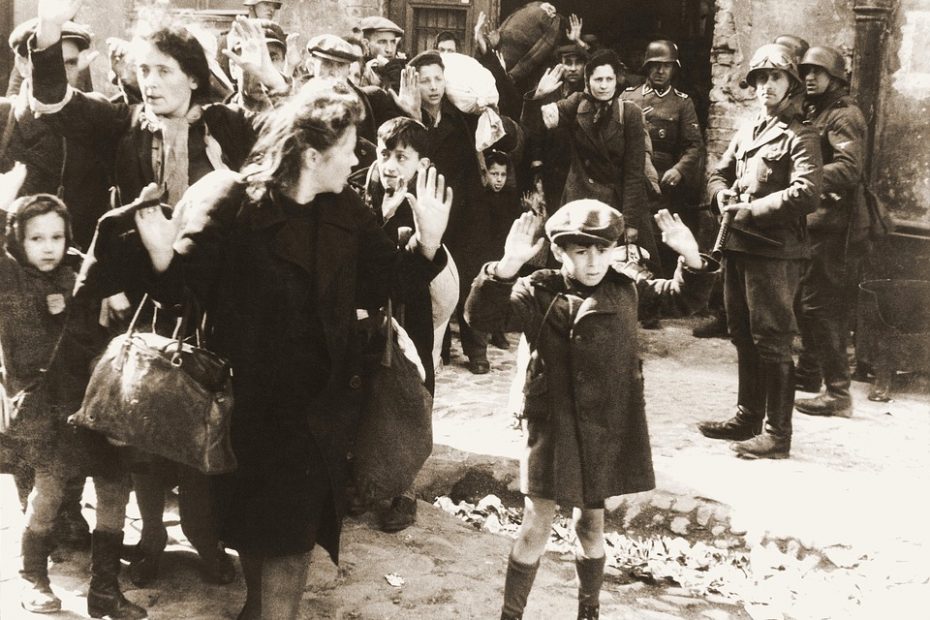The base of human knowledge is the evidence provided by the senses, which are man’s primary means of contact with reality. The camps did not restrict their concern to the higher reaches of cognition and evaluation; they went all the way, down to the root.
The concomitant of the conditions declaring: “Who are you to understand?” and “Who are you to judge?” was the brazen campaign declaring: “Who are you to perceive?”
“Don’t dare to notice”—the prisoners were ordered— don’t look at what is going on around you, avert your eyes and ears, don’t be conscious. To violate this rule, Bettelheim states, was dangerous. “For example, if an SS man was killing off a prisoner and other prisoners dared to look at what was going on in front of their eyes he would instantly go after them, too.” (Bruno Bettelheim)
To avoid such reprisals the prisoner had to learn to suppress any outward signs of perceptiveness (as he had to suppress any signs of individuality); or else he had really to comply with the rule, to train himself in the art and practice of nonperception. Sometimes (if he could not help knowing a forbidden fact) “this passive compliance—not to see or not to know—was not enough; in order to survive one had to actively pretend not to observe, not to know what the SS required one not to know.”
Some prisoners concluded that the safest course was to become mentally inert, to deliberately suspend their own consciousness and allow their power of observation to atrophy. The greater a prisoner’s intelligence, they felt, the more he grasped or knew, the greater was the threat to his survival. To these men the inversion was complete: in the outside world, perception was a necessity of life; in the camps the two were antonyms. But nonperception did not work, either: to the extent that prisoners succeeded in stifling their power of awareness, they were helpless to protect themselves even from avoidable danger, and they did not last long.
